Archaeology of FoodAn Encyclopedia, 2 Volumes
What are the origins of agriculture? In what ways have technological advances related to food affected human development? How have food and foodways been used to create identity, communicate meaning, and organize society? In this highly readable, illustrated volume, archaeologists and other scholars from across the globe explore these questions and more.
The Archaeology of Food offers more than 250 entries spanning geographic and temporal contexts and features recent discoveries alongside the results of decades of research. The contributors provide overviews of current knowledge and theoretical perspectives, raise key questions, and delve into myriad scientific, archaeological, and material analyses to add depth to our understanding of food. The encyclopedia serves as a reference for scholars and students in archaeology, food studies, and related disciplines, as well as fascinating reading for culinary historians, food writers, and food and archaeology enthusiasts.
Mary C. Beaudryis professor of archaeology, anthropology, and gastronomy at Boston University. She is author or co-editor of numerous published works including Findings (2006), Archaeologies of Mobility and Movement (2013, co-edited with Travis Parno), and The Oxford Handbook of Material Culture Studies (2010, co-edited with Dan Hicks). She currently teaches a course called Pots & Pans: The Material Culture of Cookery & Dining in which she has combined her interests in foodways and material culture to focus on technological and material change in the kitchen and at the table.
A useful encyclopedia for anyone interested in how humans used to eat and how ancient food choices have shaped today’s dietary preferences and cultural practices. Entries by eminent scholars cross the globe and span millennia to reveal the reciprocal evolution of humankind and the plants and animals we eat. A stand-out feature is the inclusion of several long entries explaining the history and current thinking about important topics such as the origins of agriculture, the utility of bioarchaeological analysis, and the relevance of past diseases to our understanding of foodways in history. Both the encyclopedia as a whole and the synoptic entries are truly multidisciplinary, integrating archaeological, historical, linguistic, and biological data to ground the reader in the latest research from the field of ancient food studies.
— Kristina Killgrove, University of West Florid


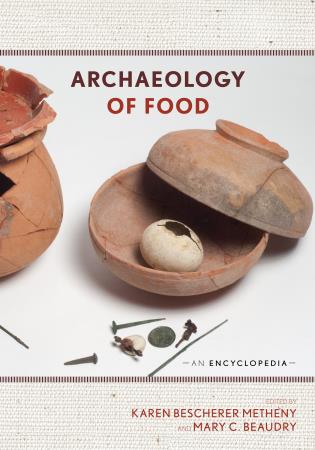



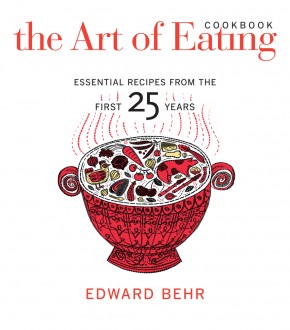
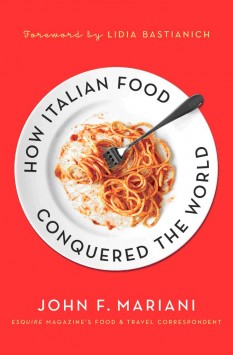
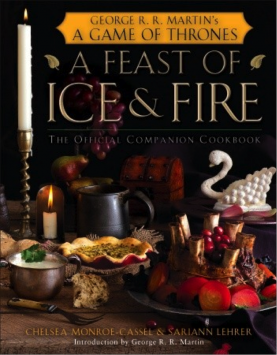
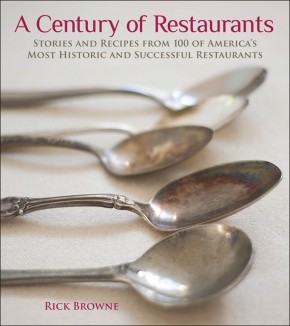
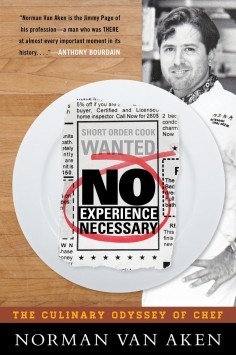
Leave a Reply